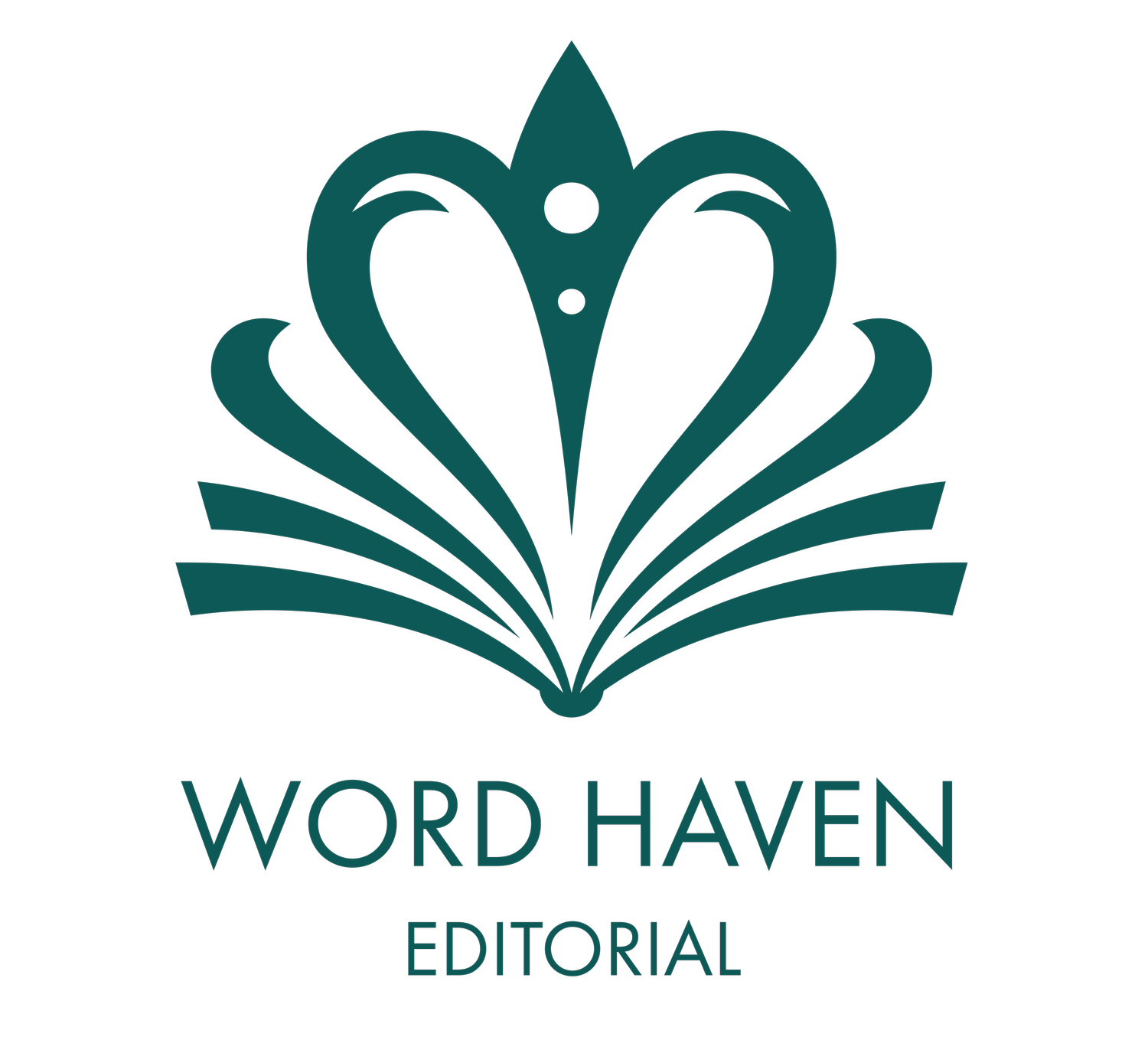WHERE SHOULD I SUBMIT MY WRITING?
So, you’ve written something. It’s been edited and is ready to launch. But where exactly should it go? How do you go about figuring that out? Here are some ideas to get you started in the right direction.
Be prepared for rejection
Rejection doesn’t mean much. Just that one person somewhere didn’t think a certain piece of writing was what their publication needed at that moment. Many of the world’s most famous authors had their work rejected repeatedly. Hemingway, Louisa May Alcott, Stephen King, Sylvia Plath… The thing successful authors have in common is persistence. So, gather your determination and get started.
Goals
Think about your goals for this piece. Do you want to get paid for it? Do you mind paying a fee to submit it? Just get it in front of eyes? Use an essay to lure readers into buying your book? Win a contest?
Then check out the lay of the land. There are Facebook groups that post publications accepting submissions. One great one is, Writers Post No Fee Calls for Submission. If you spend some time there and take notes (I promise you won’t remember a month from now which magazine had that one piece that you loved) you will start to get a feel for which publication might be your soul mate. You might want to start a spread sheet with names of publications, what they are looking for, dates of contests, fees, and payments.
One great resource is Submittable. It’s a website chock full of writing opportunities. From contests to submissions, workshops to grants, it’s a smorgasborg of possibility.
Another way to stay in the publishing loop is to subscribe to Authors Publish Newsletter. They will let you know who’s accepting what when.
Clifford Garstang has a website that ranks the top literary publications each year. This way you can tell your New York Times Magazines from your National Enquirers and decide which publications you should prioritize.
Research
So, once you’ve developed a game plan, it’s time to research. Find out the editor’s name. Check to see what the publication’s guidelines are. Make sure you follow them to a T. If their limit is 8,000 words don’t send 8,017 and hope for the best. It can be perceived as disrespectful or sloppy and doesn’t increase your chances of getting in. Give them what they want. If they want submissions formatted a certain way, take the time to do it. If not, you can go with standard Shunn formatting (google it) and make sure to keep your font choices basic and professional (can’t go wrong with Times New Roman).
When you hit send, enter it on your submissions spread sheet with the date and forget about it. I know it’s easier said than done; like online dating, it can require a lot of effort, but it only takes one connection! Good luck.

